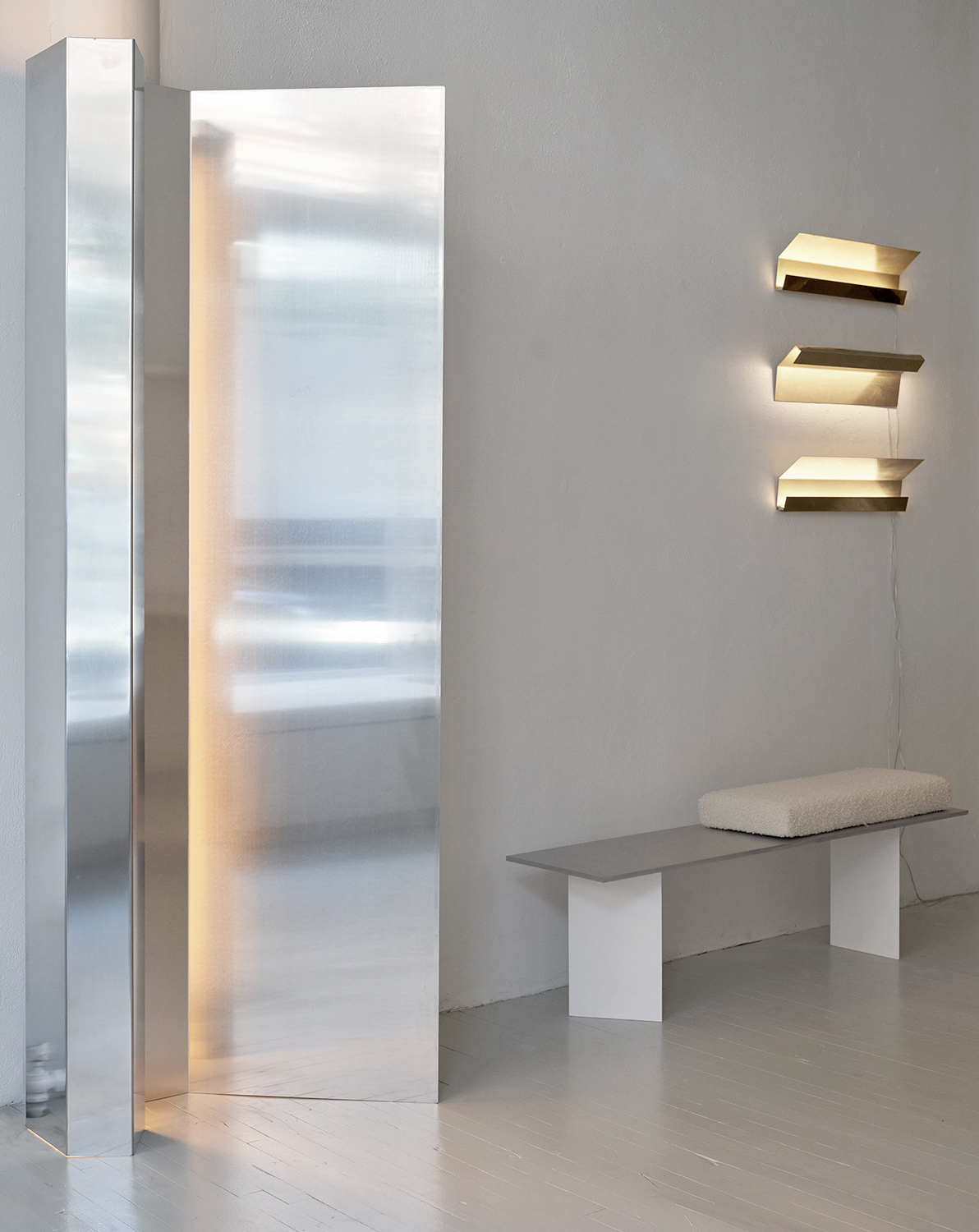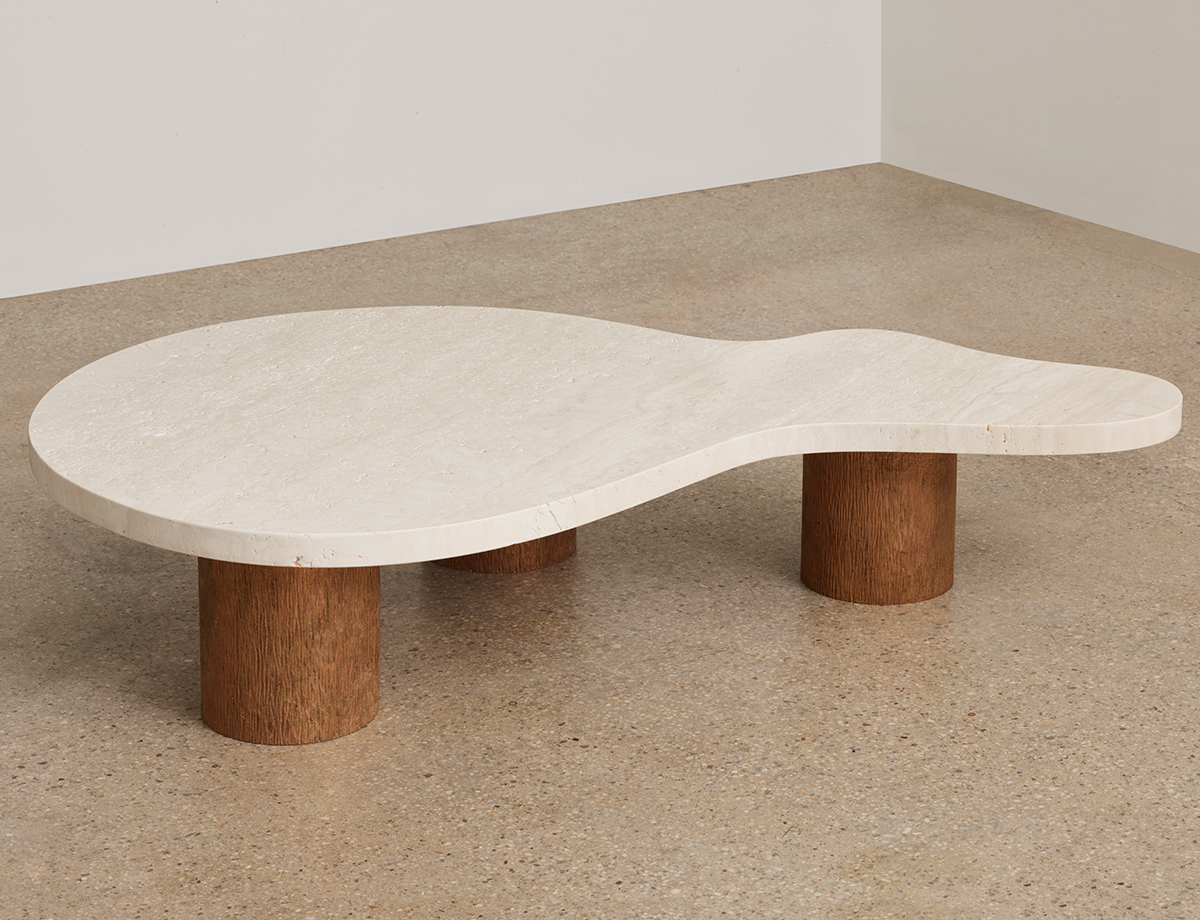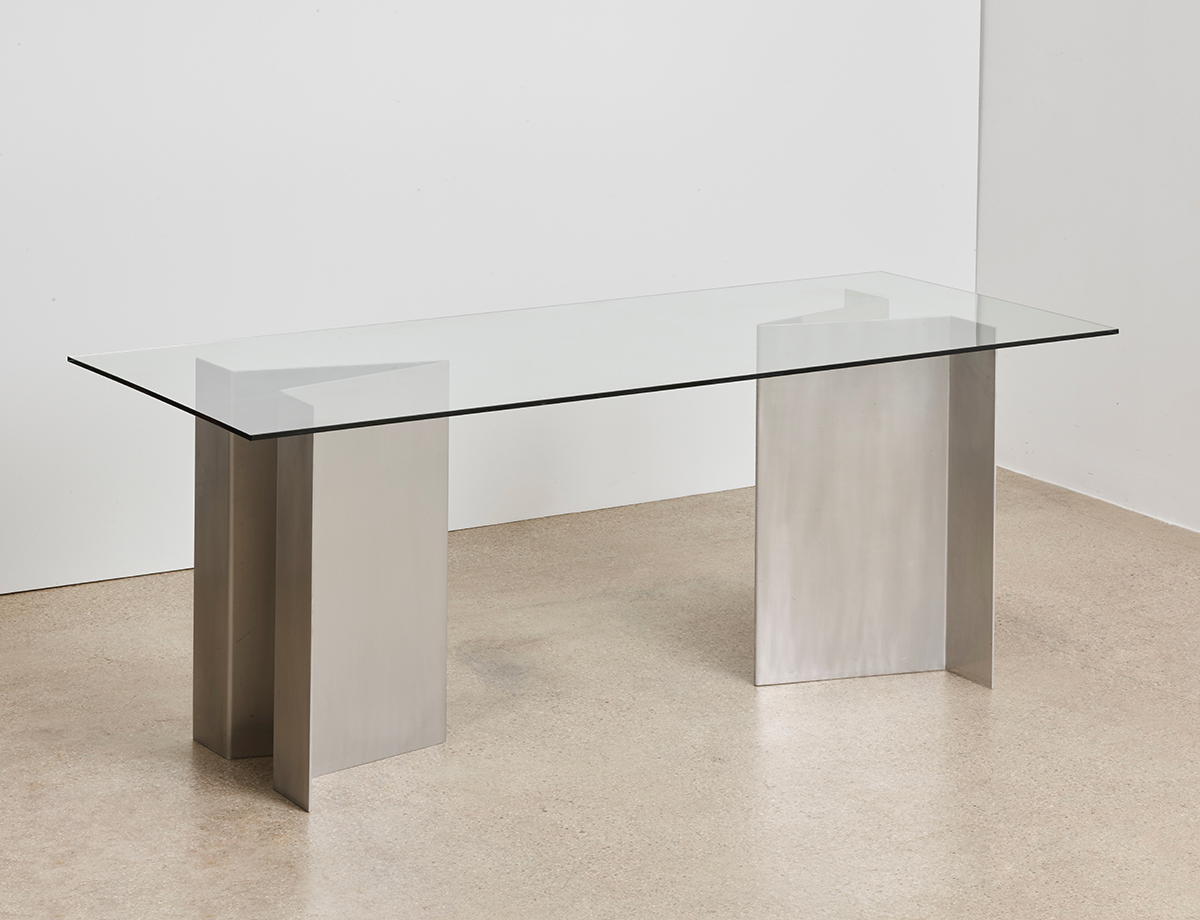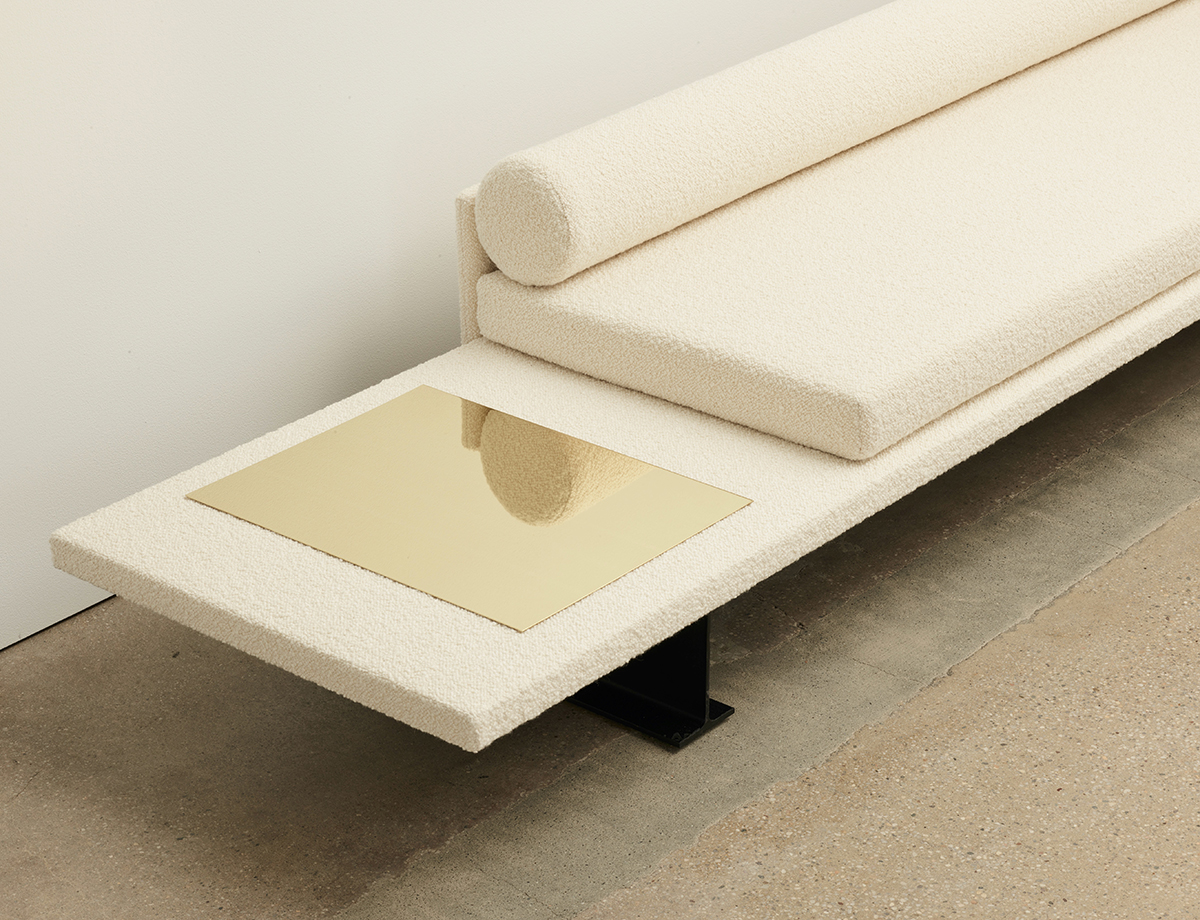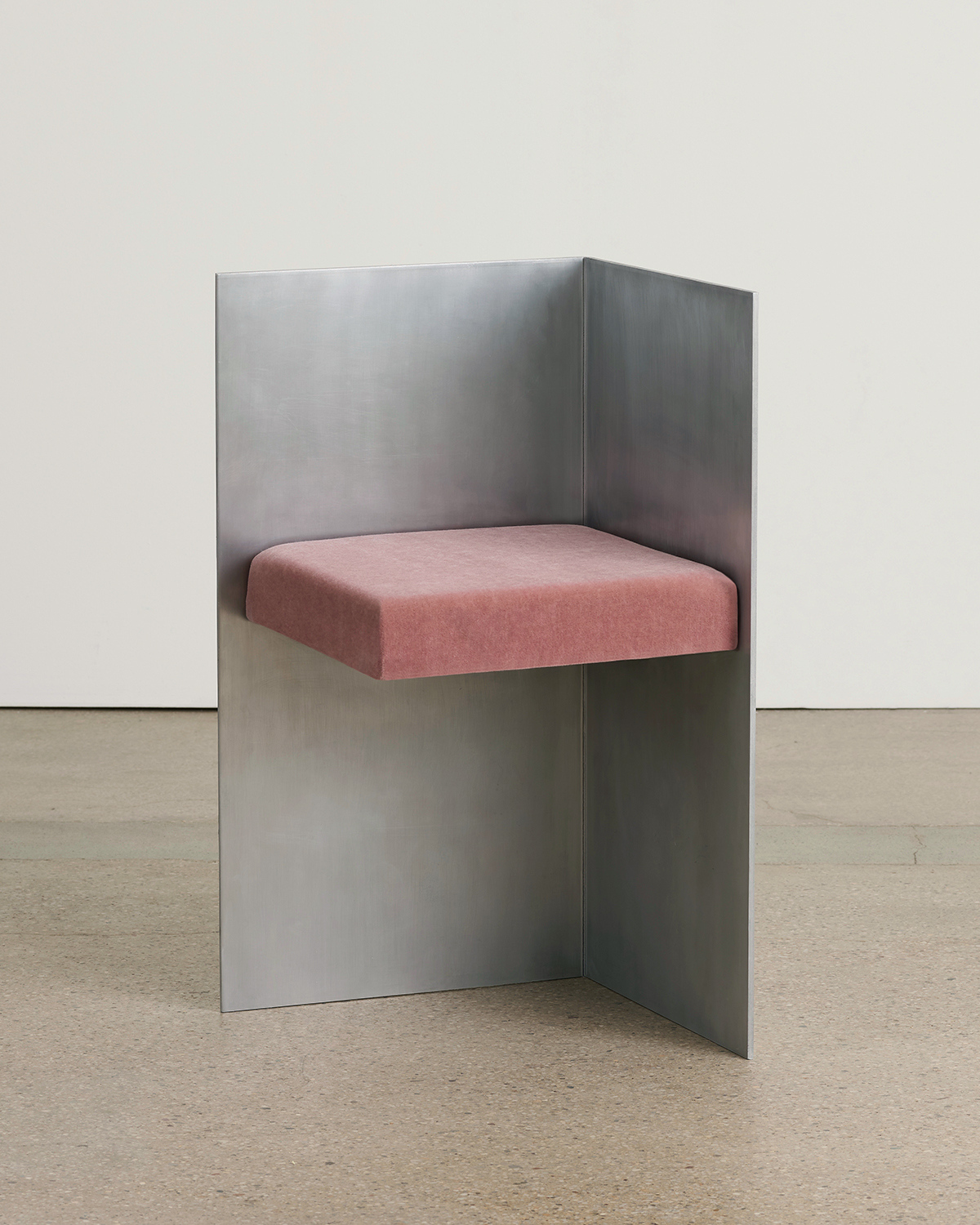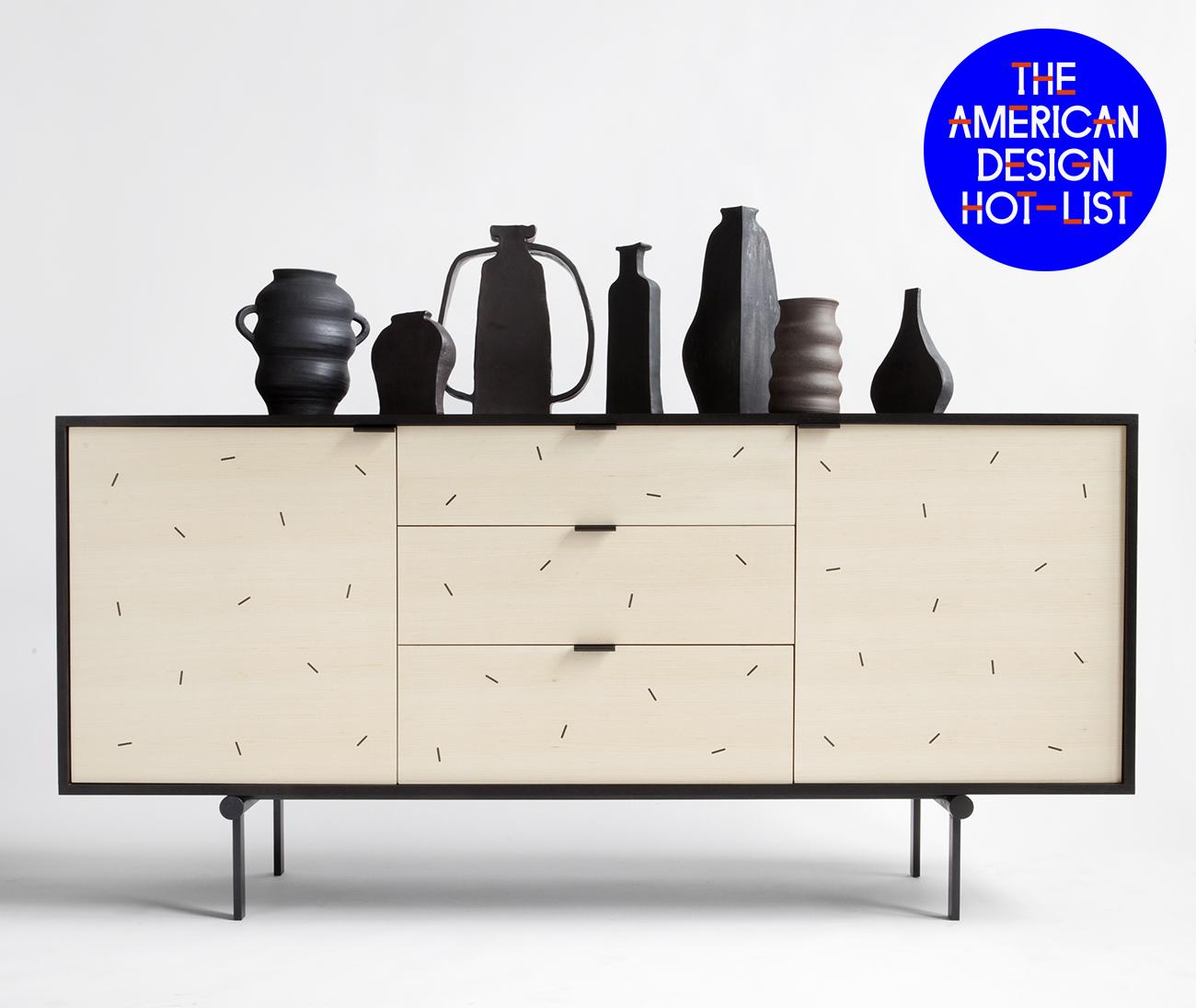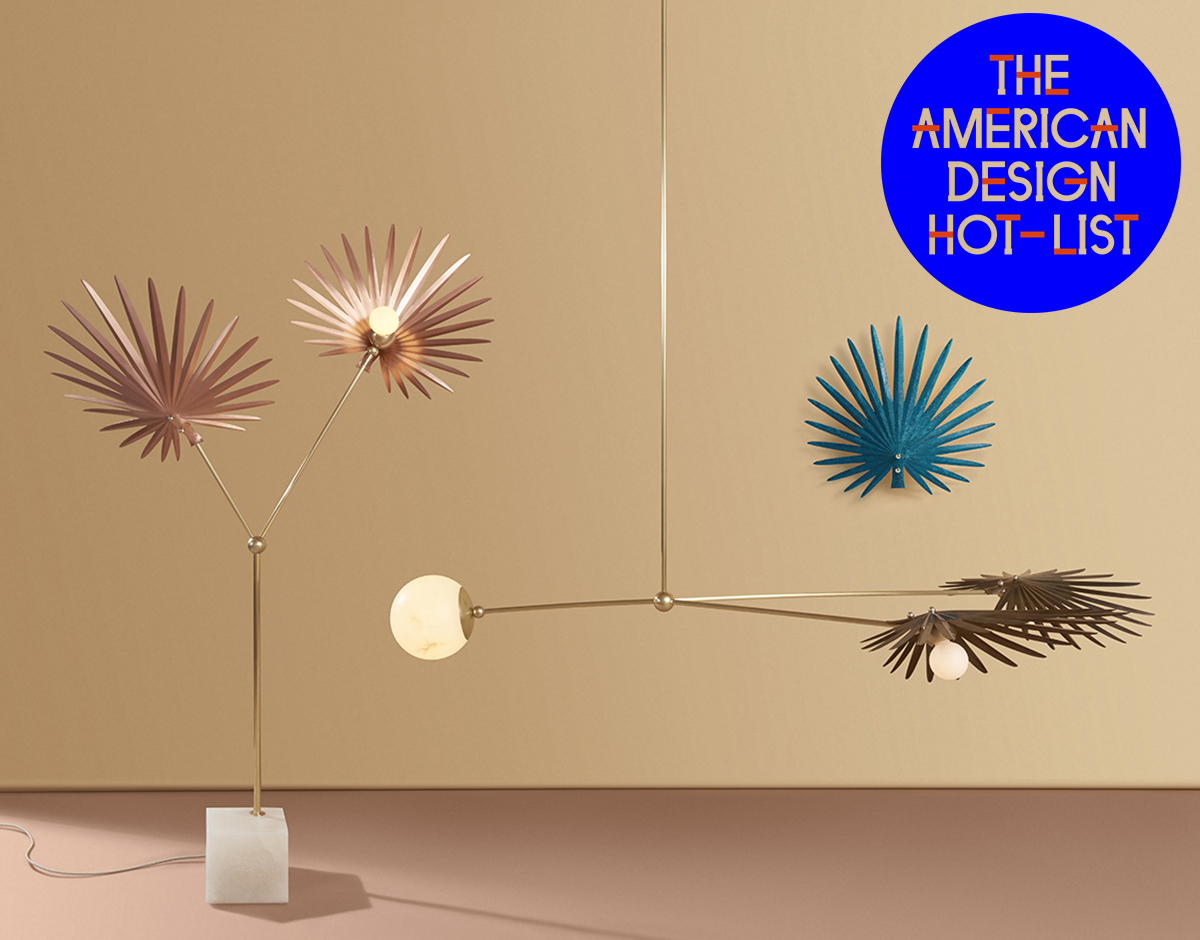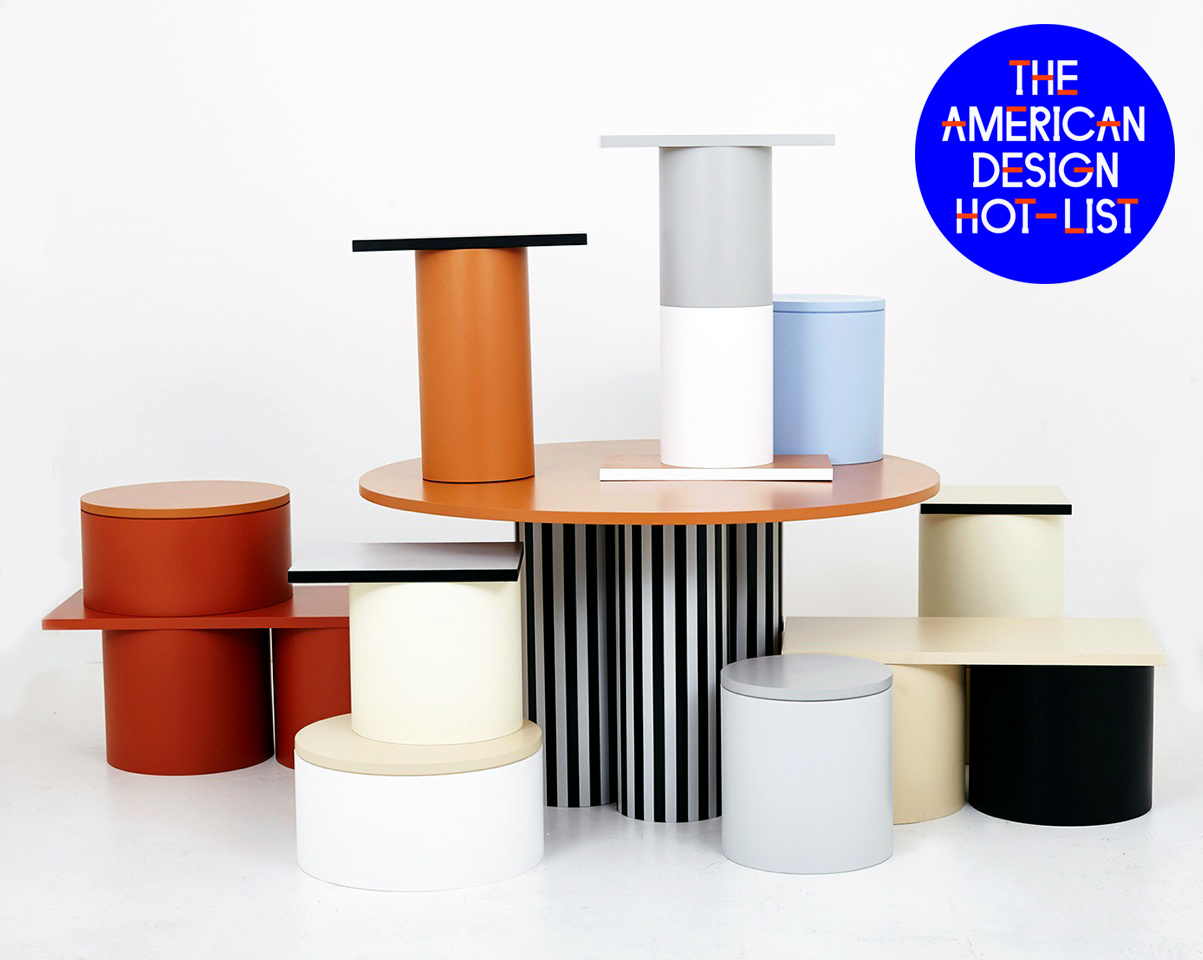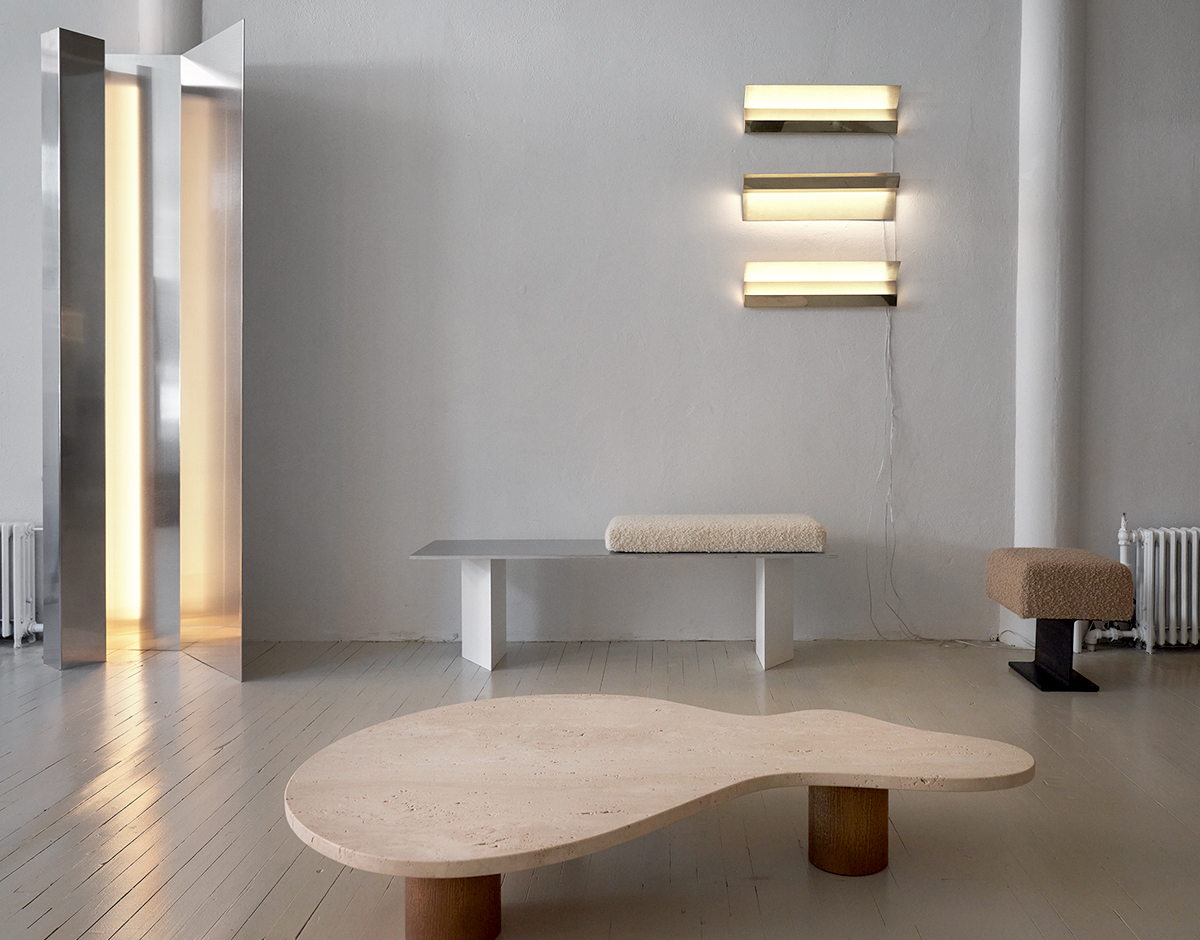
American Design Hot List 2021
Umberto Bellardo Ricci
Brooklyn, ubrstudio.com
Trained as an architect, Luxembourg-born Umberto Bellardo Ricci first taught at London’s Architecture Association, then moved to Mexico, then launched his first furniture and lighting collection earlier this year at Matter after finally settling in New York. The series embodies his practice of elevating ordinary materials, from steel sheets folded into lamps to tables made from industrial I-beams.
What is American design to you, and what excites you about it?
American design for me today is actually what it was a hundred years ago, when it allowed immigrants from Europe and across the world to enter a dynamic discourse of what America’s landscape of art and design should be. While Europe is tied to deeply rooted traditions and expectations, American design is more open to experimentation and innovation. While one may say that American design is more crude and direct, coming from a European perspective, it has been surprisingly responsive and fluid and has actually suited me and my work really well.
Every day from my studio I look at the poster child of American design — the NYC skyline — that has entered my work like a maquette or a stage backdrop, where my scaleless vertical steel pieces are becoming assimilated to this steel and glass landscape in the background. This scalelesness or ability to jump scales is I think very appropriate to the American design landscape, as there seems to be no imperative scale; it could be anything from a manual craft to a large industrial scale, without any real logic.
My show in June with Matter was entitled Dawn, relating to the morning light that many of my light pieces remind of. It felt like a new beginning or maybe even a new chapter in American design, due to a range of elements. I feel very optimistic about a new generation of young and articulated people who will change society as well as design into what American design should be in the future. Exactly one hundred years ago was one of the most exciting periods in art and design of the 20th century, from constructivism to modernism, so I hope that we’re about to witness a very exciting new era in America and abroad.
What are your plans and highlights for the upcoming year?
I’m excited to work on larger landscape pieces, since that’s what all my pieces are asking for —further experiments in scale. I always think of my pieces as architectural maquettes that should be reimagined at different scales. I’m thrilled that some people have started approaching me about such opportunities. I’m also designing a studio for a filmmaker friend on a beautiful site facing the river Hudson near Dia Beacon, which is very exciting. And, while I am working on new pieces, I’m growing the studio and working on a publication about a series of pieces photographed in parts of the American landscape.
What inspires or informs your work in general?
I’m very much inspired by the juxtaposition of objects and landscapes to create new constellations. I enjoy exploring contrasts, and creating a dialogue between raw elements and refined textures. Different types of stone also keep inspiring me with their millions of years of formations, and I think there will be lots of stone in my new collection. Proportion and scale is another big inspiration, especially since I moved to New York. Most of my pieces are designed to work in different scales; for example the Mano works as small as a table lamp but can also be scaled up to a large outdoor sculpture. I spend a lot of time trying to work out the right proportions.